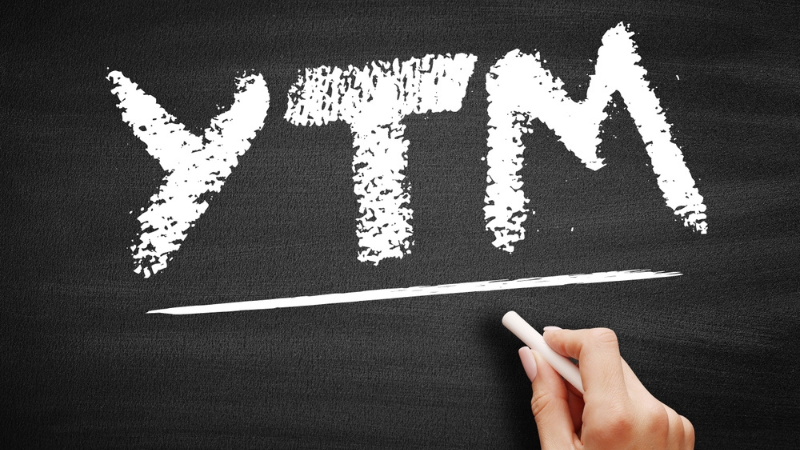
Floating rate term deposits (FRTDs) are a category of fixed deposits, in which the interest rate is not fixed for the deposit tenure. Unlike regular fixed deposits, in floating rate fixed deposits, the interest rate moves in sync with a certain reference rate, which is revised periodically. These deposits allow investors to benefit from interest rate changes without having to close or re-book the FD.
Here is everything that an investor needs to know about floating rate FDs and how they work.
Understanding the concept of Floating Rate FDs
As mentioned in the introduction, the interest rates on floating rate FDs are aligned to a benchmark instrument’s rate. Thus, the interest rate is variable. Since the benchmark reference rate is revised at regular intervals, the Floating FD interest rates also keep moving at regular intervals. Some of the benchmarks used for reference include the treasury bill rate, repo rate, etc.
For example, if a three-year floating rate FD is being offered at an interest rate with a mark-up of 0.8% above the current repo rate of 4.5%, one can earn annual returns at 5.3%. In case the repo rate drops to 4% after a year, the floating rate FD interest rate will be revised to 4.8% per annum.
Thus, Floating rate FDs can fetch good returns when interest rates are expected to rise. Investors can opt for floating rate FDs to benefit from a potential hike in interest rate in the near future. In case the interest rate trend is expected to go downward, floating rate FDs may become unrewarding over time.
Key benefits of floating rate FDs
Some of the benefits of investing in floating rate fixed deposits are:
- If the base rate is revised to a higher number, investors can benefit through higher returns. Some banks revise base rates every quarter.
- Floating FD interest is paid out on the last day of every quarter. Hence, investors can get regular returns.
- Some banks also offer an overdraft facility amounting to 90% of the deposit amount. This facility can be availed within a day of request.
- The scheme also comes with a nomination facility.
- Senior citizens can enjoy a higher interest rate of up to 50 basis points above the regular interest rate on these FD schemes.
- Investors can also opt for premature withdrawal without paying any penalty subject to certain rules laid out by the specific bank.
Which is better, floating rate FD or regular FD?
The table below contains key differences that investors should know between Floating rate FDs and fixed deposits:
| Floating rate FDs | Fixed Deposits | |
| Falling Interest rate scenario | Interest rates are generally lower than regular FD interest rates. | Interest rates are generally higher than Floating rate FDs. |
| Rising interest rate scenario | Investors benefit through higher interest rates. | Investors may not necessarily benefit if interest rates are fixed. |
| Investment format | Somewhat complex to understand for investors | Easy to understand by investors |
| Diversification | Offers portfolio diversification, especially if investing in different banks. | Can be used for diversification but with limited returns. |
| Liquidity | Periodic withdrawals up to a certain amount are permitted and do not attract a penalty. | Withdrawals before tenure completion generally attract a penalty. |
| Taxation | TDS of 10% for those who provide PAN details. | TDS of 10% for those who provide PAN details. Long-term tax-saving FDs do not attract tax. |
Did you know?
If you expect interest rates to rise, you can opt for the laddering technique of FD investment. This strategy essentially involves spreading out the lump sum investment amount across different FDs with varying tenures. This way, the interest rate can be averaged as they rise and opportunity cost can be minimised.
Floating rate FD offerings by banks
Many private and public sector banks have started offering Floating rate FDs. SBI, IDBI Bank, Indian Bank, Bank of India, Bank of Baroda, Union Bank, and Indian Overseas Bank are some of the public sector banks offering this type of FD.
Some of the private banks offering these FDs are Axis bank, ICICI Bank and Bandhan Bank.
What do the experts say about Floating rate FDs?
Experts suggest that investing in floating rate fixed deposits can be beneficial if the interest rates keep changing frequently within a specific time period. The current scenario is a good example where we can expect interest rates to rise further as RBI continues its efforts to curb inflation. During static interest rate phases, one cannot expect to gain from floating rate fixed deposits.
Investors who can stay invested for more than three years can benefit from floating FDs. Those looking to invest for a medium-term between one and three years can consider normal FD investment.
Conclusion
Floating rate FDs are a good investment avenue for those who want to avoid the process of switching from older FDs to higher rate FDs. These are best suited for investors who stay updated about the latest interest rate trends and are not averse to switching an investment as per future interest rates direction.
FAQs
Any resident individuals and HUFs can invest in floating rate FDs. There is no age limit or other criteria for the same.
Floating rate FDs are considered to be somewhat risk-free since the capital and interest returns are guaranteed by the bank in which it is opened.
There is no blanket rule around the minimum investment required in Floating rate FDs. however, some banks may require a minimum investment of Rs. 1,000.
No, these instruments are not transferable.
No, these cannot be used as collateral for availing oa loan from a bank or financial institution.



























